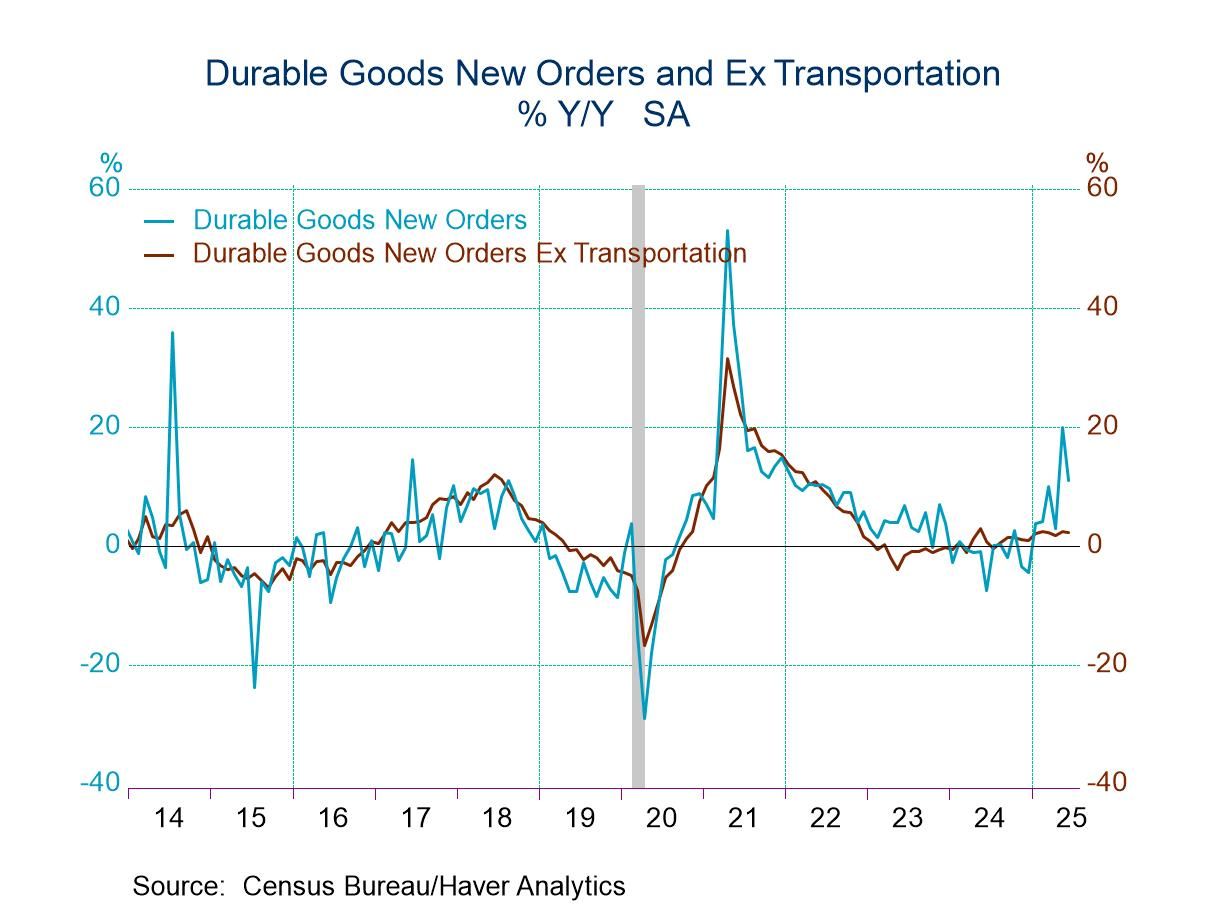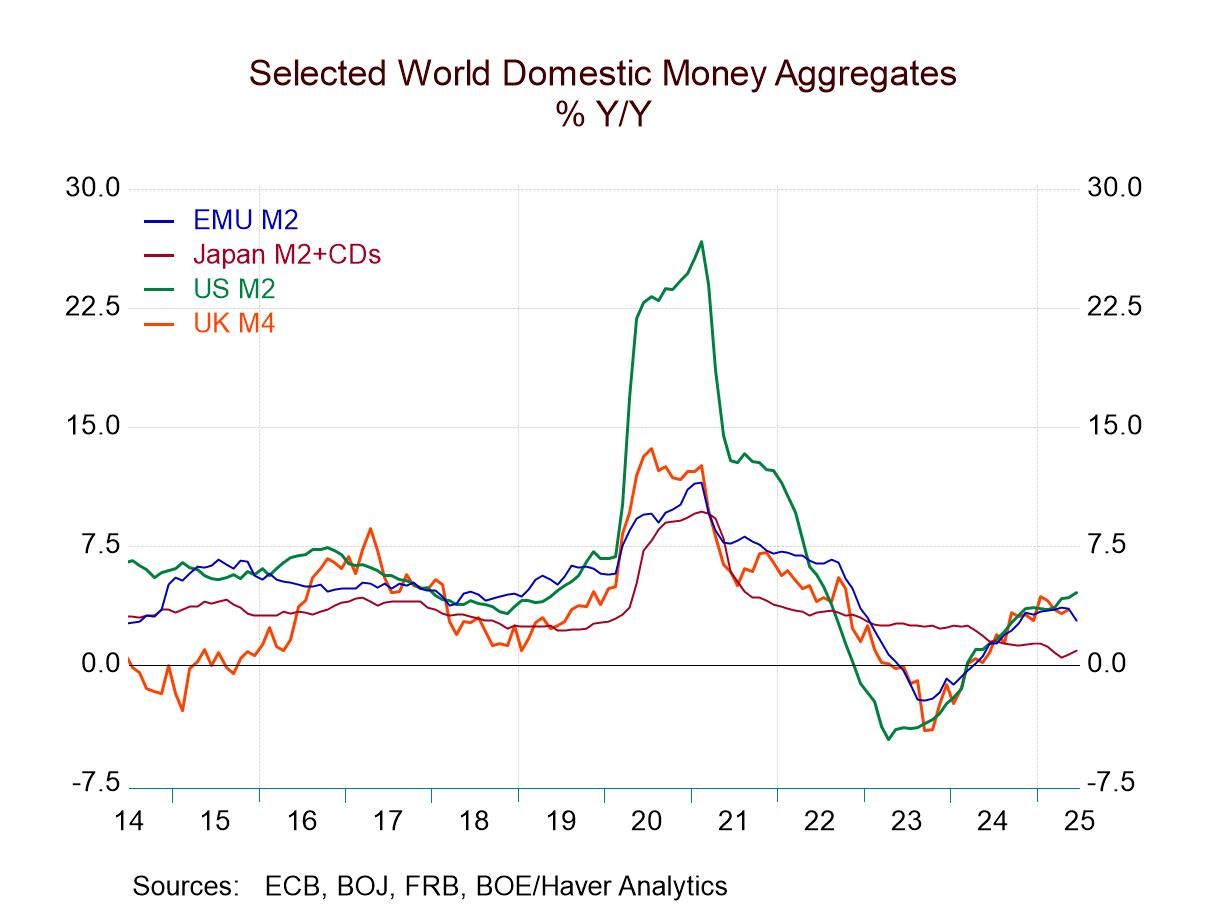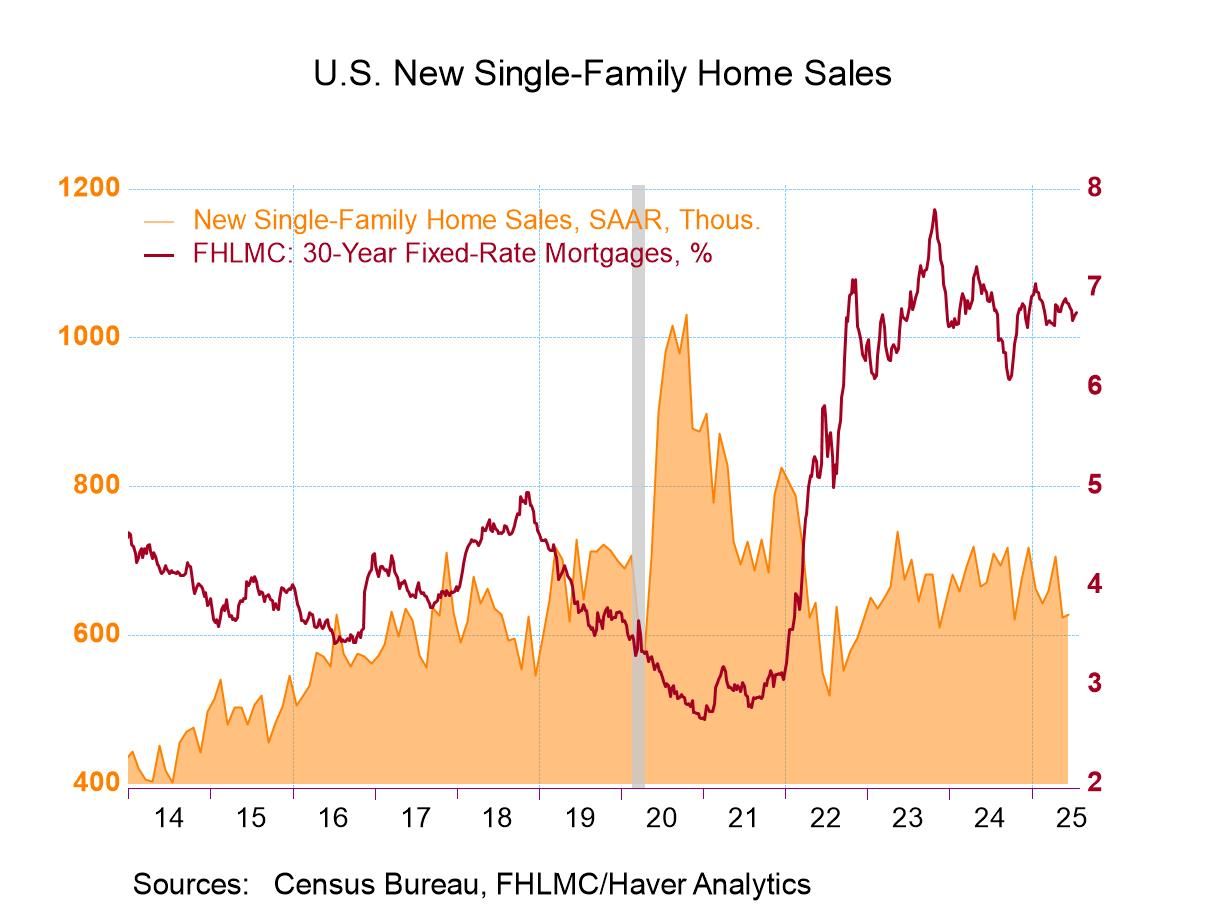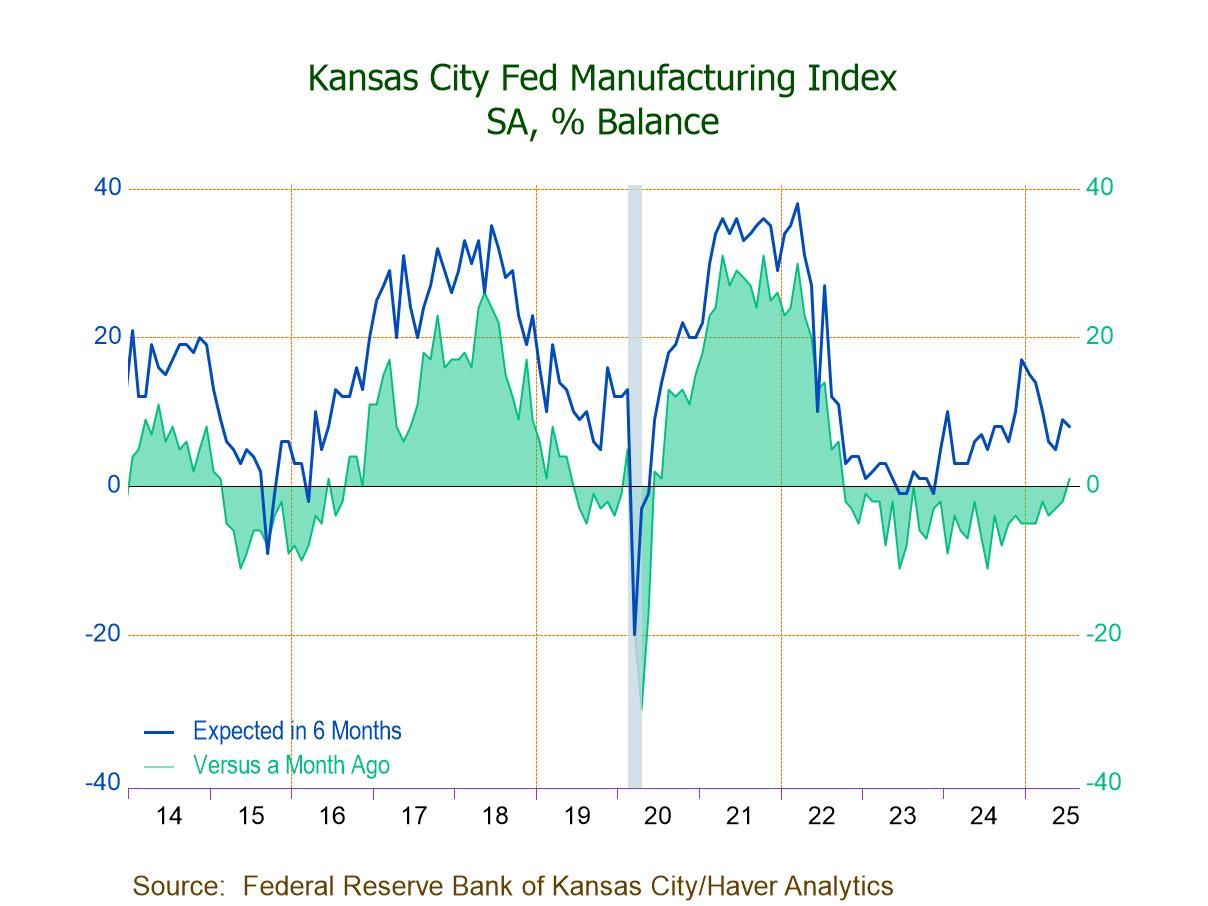 Global| May 21 2020
Global| May 21 2020Euro Area PMIs Rebound But Remain Severely Impacted
Summary
PMI readings rebounded in May. The sectors with the weakest April readings rose sharply in May while the strongest April readings rebounded more moderately in May. Only Japan's manufacturing sector was an exception of sorts as it [...]
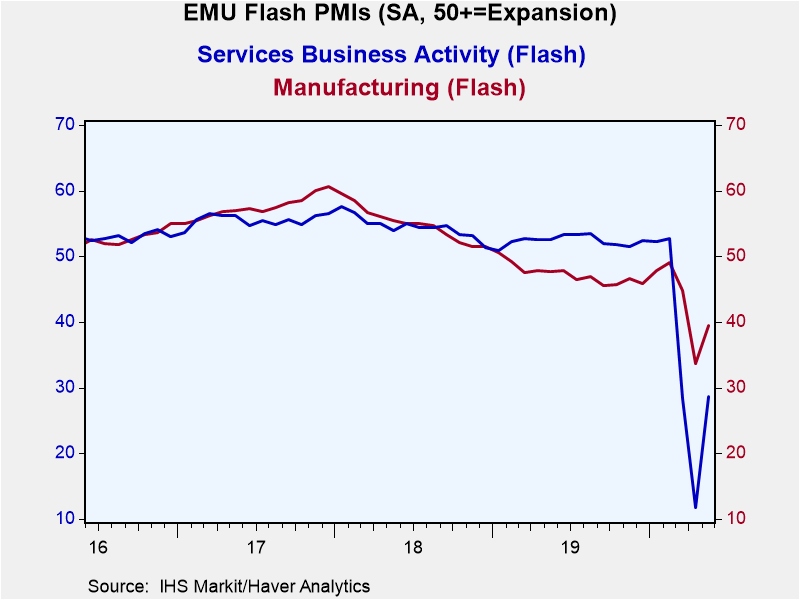 PMI readings rebounded in May. The sectors with the weakest April readings rose sharply in May while the strongest April readings rebounded more moderately in May. Only Japan's manufacturing sector was an exception of sorts as it deteriorated slightly in May. But in another sense Japan followed the rebound rule since it had the strongest reading in April its May 'rebound' was the worst- there was no rebound just a relapse.
PMI readings rebounded in May. The sectors with the weakest April readings rose sharply in May while the strongest April readings rebounded more moderately in May. Only Japan's manufacturing sector was an exception of sorts as it deteriorated slightly in May. But in another sense Japan followed the rebound rule since it had the strongest reading in April its May 'rebound' was the worst- there was no rebound just a relapse.
Services readings that had cratered in April and were on death's doorstep in the presence of lockups, shutdowns, isolations and such 'sprang' back to life… or at least to comatose in May. The EMU service sector is a good example, falling to a diffusion reading of 12.0 in April and bouncing to 28.7 in May. German services jumped to 31.4 from 16.2 and in France the services reading sprang to 29.4 from 10.2.
Of course, the queue or rank standings are not very meaningful this month since last month formed all-time lows for many series. Everything is extraordinarily weak. The exact degree of weakness hardly matters.
Manufacturing PMIs stuck to the higher ground in May just as they had done in April, but their month-to-month advance was smaller. This is a result of the fact that the shutdowns hit the services sector harder, but also because under lockdowns manufacturing was unable to operate with efficiency. And as the lockdowns lifted, there still was not much stimulus for manufacturing.
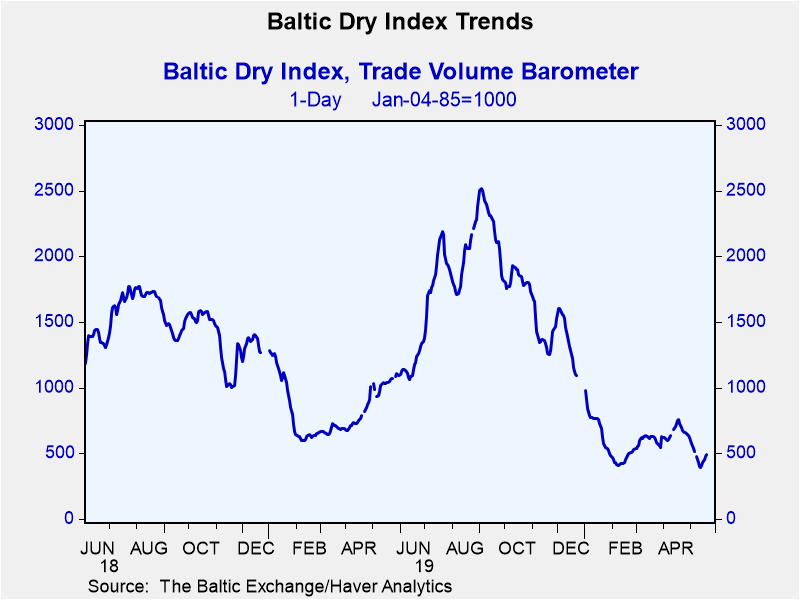 Globally manufacturing remains weak and the Baltic Dry Index underscores that as it has been sinking again in recent days.
Globally manufacturing remains weak and the Baltic Dry Index underscores that as it has been sinking again in recent days.
The lockdowns are beginning to roll off at least in the northern hemisphere. In the South, Brazil, is experiencing increasing infections. But in the North, conditions are shifting and economies are coming back to life. In the U.S., more people are driving and roads are more open; that has led to more lethal auto accidents. As economies and societies open up, we can expect to see more signs of activity of all sorts. But there are still concerns about a second wave of infections and that the opening-up might progress too fast. There is, of course, no way to know where that fine line is drawn for optimal safe speed except to cross it. And that is playing with fire. But that is probably how the global policy response will evolve, by braille not with perfect foresight.
Despite a clear rebound this month that was tipped off by the ZEW experts and their optimism, there is a long way to go. PMIs tell us that conditions have improved but that the economics are still contracting. We have no idea how far back to normal these economics can go without triggering a wave of reinfection or how far people will trust it to go by continuing to take 'the next step.' The global policy response has simply scared people. The deaths that have been concentrated among the old and among people with underlying health issues have not been well-explained to people. Too many people believe they are more at risk than they really are.
Every effort has been made to impress on people how they must first shelter to 'flatten the curve' until that morphed into shelter 'until there is a cure.' But there is no guarantee of a cure being found. In my mind, this leaves science without any footing. The only true reliable 'science' we have is to gain 'herd immunity' by getting more people infected. If heathy people are infected, that progression need not lead to an escalation in deaths. Another problem is that policy has adopted the practice of labeling too many deaths as COVID-19 deaths. In the U.S., 1.6 million people die of various diseases each year. But now all the 'credit' is going to COVID-19. There are a lot of things that policymakers need to sort out in order to get a real and lasting recovery going and among those things is deciding just how dangerous this virus is and to whom it is most dangerous and crafting a recovery process around those facts- not around an ever-changing fiction that would leave us potentially waiting for Godot…
Robert Brusca
AuthorMore in Author Profile »Robert A. Brusca is Chief Economist of Fact and Opinion Economics, a consulting firm he founded in Manhattan. He has been an economist on Wall Street for over 25 years. He has visited central banking and large institutional clients in over 30 countries in his career as an economist. Mr. Brusca was a Divisional Research Chief at the Federal Reserve Bank of NY (Chief of the International Financial markets Division), a Fed Watcher at Irving Trust and Chief Economist at Nikko Securities International. He is widely quoted and appears in various media. Mr. Brusca holds an MA and Ph.D. in economics from Michigan State University and a BA in Economics from the University of Michigan. His research pursues his strong interests in non aligned policy economics as well as international economics. FAO Economics’ research targets investors to assist them in making better investment decisions in stocks, bonds and in a variety of international assets. The company does not manage money and has no conflicts in giving economic advice.



